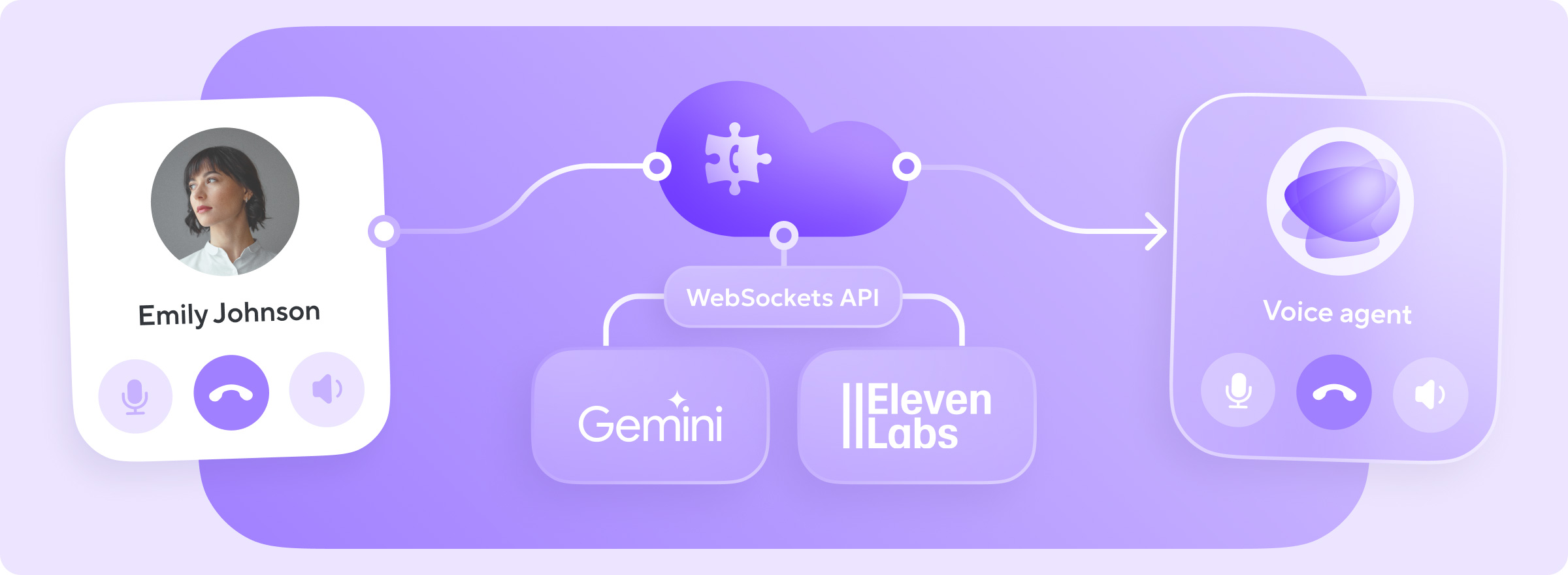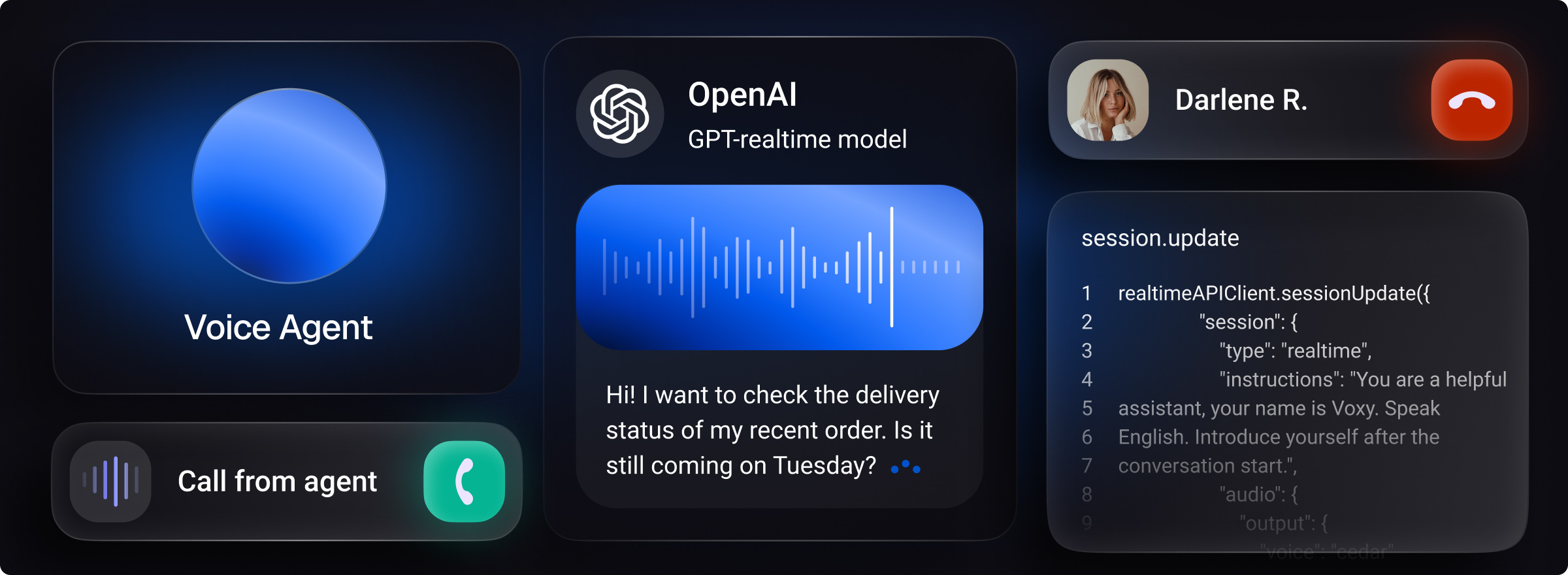Ever found yourself hooked on a mobile game, driven by high scores and new levels? That's the power of gamification at play. By integrating game elements like points, badges, and leaderboards into non-gaming apps, you can significantly boost user engagement and loyalty. But beware, simply throwing in a few rewards won't cut it. This article unveils eight essential principles to transform your app into a truly captivating and gamified experience.
1. Guide Users to Success with Clear Goals and Rewards
Every great game, whether digital or physical, thrives on clear goals and engaging challenges. Your gamified app should be no different. Users crave a sense of purpose and direction. Provide them with a roadmap – a series of well-defined objectives and challenges – to guide their journey within your app.
Here's how to put this principle into action:
- Points: The universal language of progress. Award points for completing tasks, fostering a sense of accomplishment with each milestone.
- Levels: Introduce a tiered system that allows users to ascend through the ranks, unlocking new features and rewards along the way.
- Badges: Celebrate achievements with digital badges, serving as visual representations of skill mastery and milestones reached.
By incorporating these elements, you provide users with a tangible sense of progress and purpose, fueling their motivation to engage further with your app.
2. Fuel the Journey with an Engaging Progression System
A well-crafted progression system is crucial to keep users hooked on your gamified app. The key is to provide a clear and rewarding sense of advancement, making users feel a sense of accomplishment as they delve deeper into the experience.
Here’s how to design a progression system that keeps users coming back for more:
- Level Systems: Break down the app's goals into bite-sized levels, offering mini-celebrations with each level up. This creates a consistent loop of achievement, motivating users to tackle the next challenge.
- Progress Bars: Visualize progress with bars that fill up as users inch closer to their goals. The simple act of seeing a progress bar advance provides a tangible sense of accomplishment and fuels anticipation for the reward that awaits.
- Unlocking Features: Reward user dedication by granting access to exciting new features or content as they progress. This injects a sense of novelty and encourages continued exploration of your app.
By incorporating these elements, you transform your app from a static experience into a dynamic journey of progress and discovery, ensuring users stay engaged and motivated.
3. Elevate User Engagement with Meaningful Incentives
A successful reward system hinges on offering meaningful incentives that users genuinely value and connect with.
Here’s how to create a rewarding system that resonates with users:
- Virtual Goods: For many apps, virtual items that enhance the user experience can be powerful motivators. Think power-ups, customization options, or exclusive content that deepens their engagement.
- Real-World Perks: Apps tied to real-world benefits can leverage discounts, exclusive content, or early access to new features as enticing rewards.
- Goal Alignment: Ensure rewards directly support the app's core purpose. For example, a language learning app could offer virtual badges for completing lessons, further encouraging language acquisition.
Remember, rewards should feel like valuable milestones, not empty gestures. By carefully crafting a system that offers meaningful incentives, you’ll keep users engaged and motivated to continue their journey within your app.
4. Use Effective Incentives
To keep a gamified app thriving, it's crucial to offer continuous rewards and ways to respond. The aim is to keep users motivated and involved by celebrating their small wins and big achievements.
Here are some ways to create these rewarding experiences:
- Notifications that Boost Morale: Send personalized messages to users that recognize their progress or accomplishments.
- Visual and Sound Signals: Use exciting visuals and sounds to make users feel accomplished during important moments.
- Community Recognition (Optional): Consider adding rankings or appreciation systems to encourage friendly competition and highlight top performers.
5. Build a Friendly Group
People like to be around others. Apps with game-like features can use this to make users feel part of a group. When users feel like they belong, they're more likely to keep using the app and enjoy it.
Here are some ways to make users feel like part of a friendly group in your app:
- Top Lists and Fun Tasks: Show who's doing really well to make users want to do better. This can be fun and make people try harder.
- Working Together: Let users team up or work on things together. This helps them feel close to others and proud of what they do.
- Ways to Talk: Add places where users can chat, share what they've done, and cheer each other on. This could be message boards or chat rooms.
For businesses looking to enhance customer engagement beyond gamification, consider exploring cloud contact center solutions like Voximplant Kit, which can help create seamless communication experiences across multiple channels.
6. Optimize Engagement Through Balanced Challenges
The key to a captivating gamified experience lies in carefully calibrating the level of difficulty. Whether designing a full-fledged game or a gamified application, the goal is to create tasks that are stimulating enough to maintain user interest, yet not so demanding that they lead to frustration or abandonment.
Consider these strategies for achieving the ideal balance:
- Customizable Challenge Settings: Empower users to tailor the intensity of challenges to their individual abilities and preferences. This approach accommodates a diverse user base and allows for personalized progression.
- Introductory Guidance and Skill-Building Opportunities: Equip users with the necessary knowledge and practice environments to tackle upcoming obstacles. This preparatory phase bolsters confidence and ensures readiness for more complex tasks.
- Incremental Complexity: Design a progression system where challenges escalate in difficulty over time. This gradual increase allows users to hone their skills organically, fostering a sense of achievement and encouraging continued engagement.
By implementing these principles, developers can create an environment that nurtures user growth while maintaining an enjoyable and motivating experience.
7. Content Diversity and Progressive Unveiling
Even the most compelling gamified experiences can lose their luster if they become repetitive. To maintain long-term user interest in gamified applications, it's crucial to offer a rich tapestry of experiences and consistently introduce fresh elements.
Consider these approaches to infuse variety and maintain user excitement:
- Expanding Gameplay Horizons: Ensure continuous forward momentum by regularly introducing new challenges, stages, or auxiliary games. This strategy keeps the experience dynamic and offers users novel ways to engage with the application.
- Incremental Feature Revelation: Implement a system where users unlock intriguing new capabilities as they progress through the app. This could encompass entirely new functionalities or enhanced customization options, providing ongoing motivation for continued use.
- Time-Limited and Thematic Content: Inject bursts of excitement by offering exclusive challenges and rewards tied to seasonal events or themed updates. This approach creates anticipation and encourages users to regularly check in, eager to discover the latest additions and time-sensitive opportunities.
By employing these strategies, developers can craft an evolving ecosystem that continually piques user interest and fosters long-term engagement with the gamified application.
8. Harmonizing Gamification with Core App Functionality
While gamification can significantly enhance user engagement, it's crucial to remember that it should complement, not overshadow, the primary purpose of your mobile application. The key lies in seamlessly weaving gamification elements into the app's fundamental features, thereby enhancing the overall user experience without detracting from its core value.
Consider these strategies for effective integration:
- Incentivizing Essential Activities: Implement a system that acknowledges and rewards users for engaging with the app's primary functions. This could involve awarding points, badges, or progression milestones for completing key tasks. Such an approach not only encourages regular app usage but also underscores the importance of its main features.
- Gamified Onboarding and Feature Discovery: Leverage gamification techniques to guide users through the app's functionalities. By framing tutorials or feature exploration as game-like challenges, you can transform the learning process into an engaging and dynamic experience.
- Prioritizing User-Centric Value: Always keep in mind that gamification is a means to an end, not the end itself. The core functionalities that provide tangible benefits to users should remain at the forefront of your design considerations. Gamification elements should serve to amplify and reinforce this value, rather than dilute or distract from it.
By adhering to these principles, developers can create a harmonious balance where gamification enhances the app's primary functions, resulting in a more engaging and effective user experience that doesn't lose sight of the app's fundamental purpose.
Demystifying the Gamification Journey
While each mobile application's path to gamification is distinct, shaped by its unique characteristics and guiding principles, the process typically involves extensive deliberation, creative ideation, and often requires a dedicated team to steer the project.
However, an alternative approach exists that streamlines this process. InAppStory offers a gamified environment that empowers clients to experiment and craft bespoke gaming experiences within their mobile applications and story content. This solution boasts several advantages:
- Effortless Implementation: The platform minimizes the need for extensive technical expertise or resource allocation.
- Time Efficiency: Rapid development and integration are possible, reducing the time-to-market for gamified features.
- Universal Accessibility: The intuitive nature of the platform democratizes game creation, allowing team members across various roles to contribute to the gamification process.
This approach provides a flexible and efficient method for incorporating engaging, interactive elements into your application, circumventing many of the traditional challenges associated with gamification implementation.
The Power of Gamification in Mobile Apps
By embracing these essential principles, you can transform your mobile application into a captivating and dynamic platform that not only engages users but also fosters motivation and longevity. This approach can significantly contribute to the overall success of your app.
It's crucial to recognize that while gamification is a potent tool in your development arsenal, its effectiveness hinges on two key factors:
- A deep understanding of user psychology
- The seamless integration of gaming elements with your app's core functionalities
When executed thoughtfully, gamification has the potential to revolutionize the user experience, turning mundane tasks into exhilarating challenges. This transformation can yield significant benefits:
- Cultivation of a loyal and active user base
- Accelerated progress towards your app's key performance indicators and strategic goals
Remember, the art of gamification lies not in simply adding game-like elements, but in crafting an experience that enhances the inherent value of your app. When done right, it creates a symbiotic relationship between user engagement and app functionality, driving both user satisfaction and business success. To complement your gamification efforts with robust customer support, consider implementing one of the leading customer support solutions we've reviewed for 2024.
By leveraging these gamification strategies, you're not just building an app; you're creating an ecosystem that users will find both rewarding and irresistible, setting the stage for sustained growth and achievement of your app's objectives. For optimizing user interactions, explore insights from the 'Top 10 Transactional Email Solutions To Use In 2024'.





